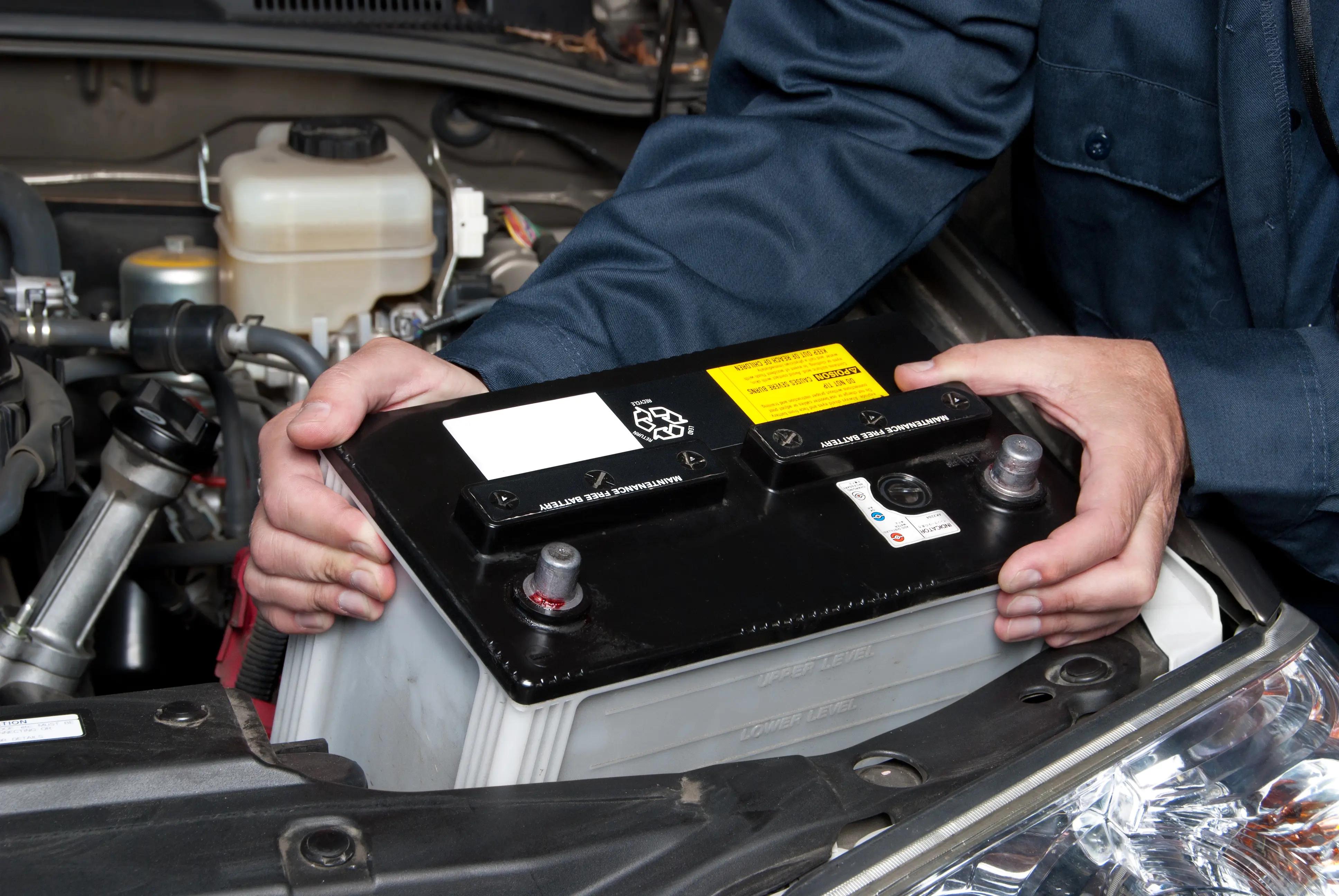Question: How do I test if my battery cables are bad?
Answer: To test if your battery cables are bad, start by checking for visible signs of wear and tear, corrosion, or fraying. Cables in any of these conditions need replacement.
If there are no signs of damage, test the cables themselves. First, ensure the following:
- The vehicle is off.
- The vehicle’s battery is fully charged.
- The battery terminals and connections are tight.
- The battery terminals and connections are also free of corrosion.
Once your vehicle and battery are prepared, and the cables are well connected, you can use a multimeter to test the cables’ resistance, or their ability to transmit current.
- Step 1: Set the multimeter to ohmmeter mode.
- Step 2: Connect the negative (black) wire from your multimeter to the negative (-) cable connector.
- Step 3: Connect the positive (red) wire from your multimeter to the positive (+) cable connector.
- Step 4: Read the resistance value on your multimeter. It should be less than 0.01 ohms.
Repeat these steps to check the resistance for both cables. If the resistance is higher than 0.01 ohms on either cable, that cable is damaged and should be replaced. If both cables’ resistance is normal, use the multimeter to check the cables for voltage drop.
- Step 1: Set the multimeter to volt drop test mode.
- Step 2: Connect the negative (black) wire from your multimeter to the negative (-) end of the battery.
- Step 3: Connect the positive (red) wire from your multimeter to the positive (+) cable connector.
- Step 4: Turn on your car.
- Step 5: Read the voltage drop value on your multimeter. It should be less than 0.5.
- Step 6: Repeat the process with the other cable.
If the number is higher than 0.5, that cable is bad and should be replaced.
Symptoms of bad battery cables
Symptoms of bad battery cables are often the same as or similar to symptoms of a bad battery. They include:
- Failure to start: Faulty cables disrupt the electrical connection required to start your car.
- Slow engine crank: If the engine turns over slowly, it could be because the current is encountering resistance from corroded cables.
- No power to your interior lights or radio: Apart from your engine, other parts of your car might be affected by a lack of electricity.
- Warning lights: An illuminated warning light on your dashboard, such as the battery light, could be a sign of bad cables.
- Stalling while driving: If you can start your car, but it stalls once you’ve begun driving, that’s also a sign of faulty battery cables.
How to keep your battery cables in good condition
Like any other part of your car, your battery cables are subject to wear and tear—but with proper maintenance, they can last longer. Here are some tips to help make sure you’re never left stranded with a bad battery or battery cable:
- Perform regular inspections: Incorporate regular inspections of your battery cables into your car maintenance routine. Catching signs of wear early can prevent unexpected breakdowns.
- Schedule battery maintenance: Keep your battery and terminals clean. Apply a thin layer of petroleum jelly or terminal protector spray to prevent corrosion.
- Store properly: If your vehicle will be unused for an extended period, disconnect the battery cables to prevent corrosion and battery drain.

Sarah Gray is an insurance writer with nearly a decade of experience in publishing and writing. Sarah specializes in writing articles that educate car owners and buyers on the full scope of car ownership—from shopping for and buying a new car to scrapping one that’s breathed its last and everything in between. Sarah has authored over 1,500 articles for Jerry on topics ranging from first-time buyer programs to how to get a salvage title for a totaled car. Prior to Jerry, Sarah was a full-time professor of English literature and composition with multiple academic writing publications.

Alice Holbrook is an editor with more than a decade of experience covering personal finance, including car insurance. She\\\’s passionate about creating easy-to-understand content that demystifies intimidating topics for readers. Previously, she worked for NerdWallet, and her work has been featured by Newsweek, The Washington Post and the Associated Press, among others.








